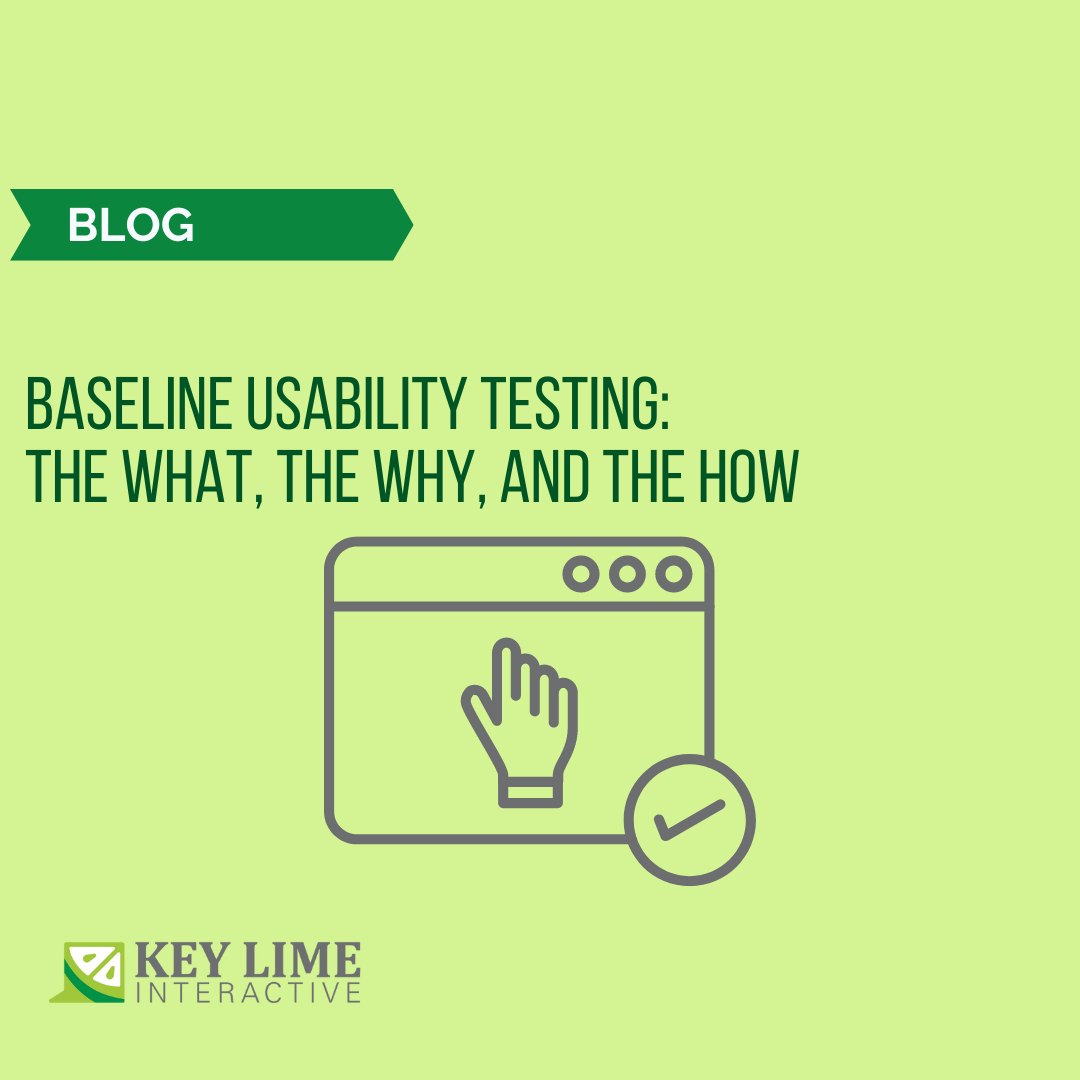
Handling ambiguity is one of the most sought skills companies look for in a UX Researcher. At Key Lime Interactive, a UX/CX research, strategy, and design agency, our consultants are often introduced to industries we may have never thought of before and know little about. With that said, this article is written after my personal experience working with a highly technical product in the networking space involving terms like “VLANs,” “IPv6,” and “STP.” Never in my life did I think about where the internet came from or how it worked, but I was still able to dive deep into the subject matter using the foundational skills that I have as a researcher. Through this experience, here are some tips I learned when faced with uncertainty and how to gain more control as a researcher.
#1. Radical Acceptance
By radically accepting that you do not have to know everything, you are able to be humble enough to ask the right questions that need to be asked. As researchers, we are not expected to be experts in every subject matter. You may come close to it if you worked with that specific product line long enough, but usually, things move fast, and the rest of the product team will not be able to wait for you. Your main focus should be asking the right questions so the team can make informed decisions about the next steps.
#2. Asking why 5 times
Asking the right questions involves understanding why things are the way they are and using those answers to come up with possible opportunities that may be more efficient or effective for the team and the users. Sometimes it does not take five times to get to the real reason, but you will know when you can understand why the person did what they did or why they think the way they do. “Why is it important to you?” “Why is it set up that way?” Asking why will usually get you the answer that essentially holds a universal understanding of humans and their psychology, no matter how complex the subject is.
#3. Do your own research
You will learn the most during the time when you are talking to users, but you can prepare beforehand and throughout the whole research lifecycle to better align with where the team is at by the time of the readout. There is never a moment when you are not learning as a UX Researcher, whether from your users, stakeholders, internal product experts (i.e., support, sales, etc.), or even the old reliable friend, Google.
The moment I receive the topic of the study, one of the first questions I would ask, even before the initial kick-off meeting, is if there has been any prior research done or if there is any background information that I can read up on to understand why this research is being requested in the first place. From then, I would try to understand the documents to build my own mental model around the subject matter. This will help me formulate questions for the kick-off meeting and bring me one step closer to the objectives which my discussion guide will be based around.
As a part of doing your own research, I suggest running a pilot study with product experts – someone who can answer your questions based on their experiences interacting with users and, therefore, give you some insights on the subject matter. By the time you are talking with users, you will be able to follow their train of thought, test assumptions team members may have, and probe further to get to the real reasons why users are behaving as such.
#4. Give yourself a timeline
The reality is that you may not have the luxury of time to do everything I just mentioned, and sometimes you have to make the most out of what you are given. Because research may be more of an afterthought for some product teams, researchers are expected to revolve the research around the product team’s timelines. As I mentioned earlier, for companies that do not have a mature research team, research may not be allocated enough time, and stakeholders may not be able to wait for you. Once the team agrees on a readout date that allows time for development responses based on your findings, you will have to work backward and determine how much time you have to learn about the background, recruit participants, talk to participants, and analyze the data.
#5. Focus the discussion on the user experience
Whether you fully understand the subject or not, you learn from the users. Focus your questions on understanding their whole experience – starting with their motivation and goals, to any problems they experience in the middle, and their perceived outcomes at the end. Ask it in a way that you can receive answers that allow you to retell the users’ stories, giving the user a voice in the product development meetings. While the team reacts to your findings, it may be easy to get carried away with the details. Your job is to focus the discussions around the users’ stories (which you are an expert in by now) and opportunities to improve their experience. If there is no time for the team to apply what you have learned, at least they have heard the user’s point of view. Then, hopefully, as more research is conducted in the future, these findings will continue to emerge.
#6. Attend to your own well-being in this uncertain period
It takes time to make real systematic changes, so it is important to focus your energy on moving the needle rather than changing people’s perspectives completely. Be mindful of your health and well-being by making time for breaks. Learning takes time because your brain needs time to process all the information. Continue to revisit the study once you feel like you can do so with an open mind. Otherwise, you are making yourself susceptible to burnout.
At Key Lime Interactive, we view ambiguity as an advantage, allowing us to give our clients an outsider’s perspective. Rather than getting caught up in the organizational nuances and politics, as consultants, we are able to focus solely on the users with limited exposure to everyday noise and biases. Contact us to see how we can help with your next project.










Comments
Add Comment